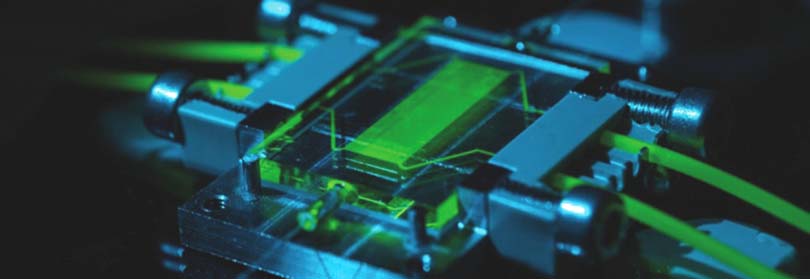PhD Defense of Khadim DIENG
Published on November 16, 2016
A+Augmenter la taille du texteA-Réduire la taille du texteImprimer le documentEnvoyer cette page par mail
Defense of a doctoral thesis of Khadim DIENG , for the University of Grenoble Alpes , speciality "NANO ELECTRONICS and NANO TECHNOLOGIES ", entitled:
Amphi Pôle Montagne- University Savoie Mont-Blanc
Campus scientifique du Bourget-du-Lac
73370-Le Bourget-du-Lac
«Characterization and modeling of new capacitors "Through Silicon Capacitors" highly integrated to reducing consumption and to allow high frequency operating in 3D integrated circuit.»
A+Augmenter la taille du texteA-Réduire la taille du texteImprimer le documentEnvoyer cette page par mail
Date of update November 16, 2016
Our sites
eServices
 Connexion
Connexion Connexion
Connexion






